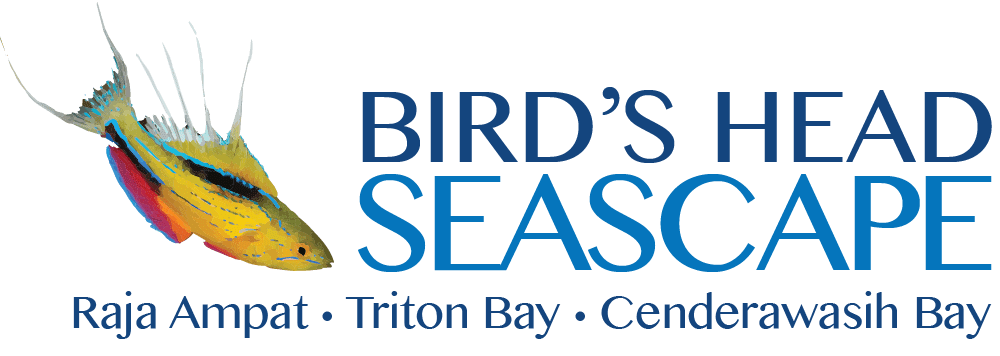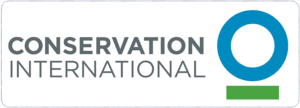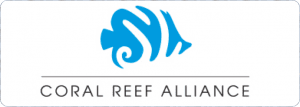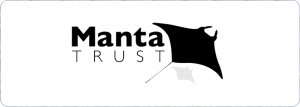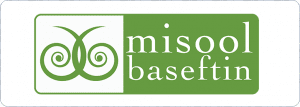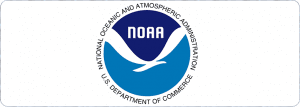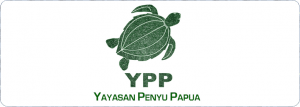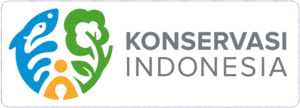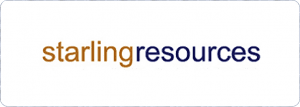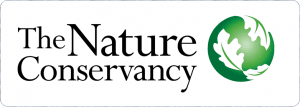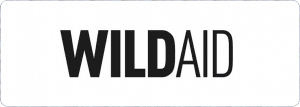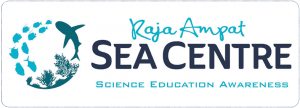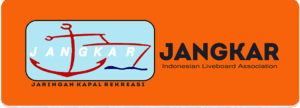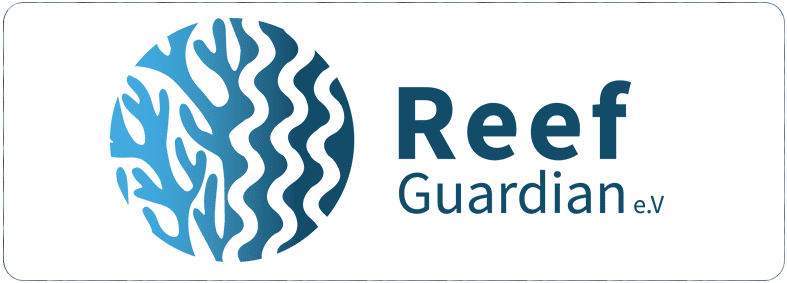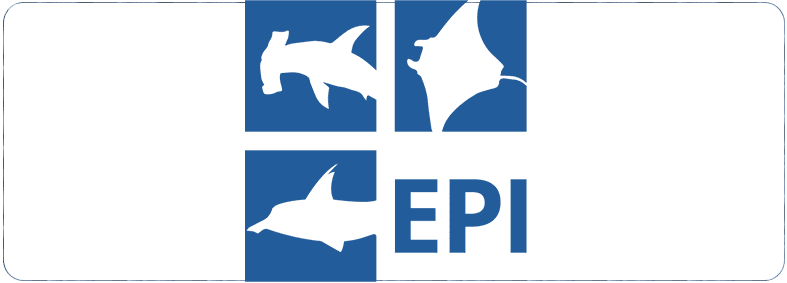Insights into cetacean sightings, abundance, and feeding associations: observations from the boat lift net fishery in the Kaimana important mammal area, Indonesia by Putra et al
A new original research paper titled, “Insights into cetacean sightings, abundance, and feeding associations: observations from the boat lift net fishery in the Kaimana important mammal area, Indonesia” has just been released in Frontiers/Frontiers in Marine Science. 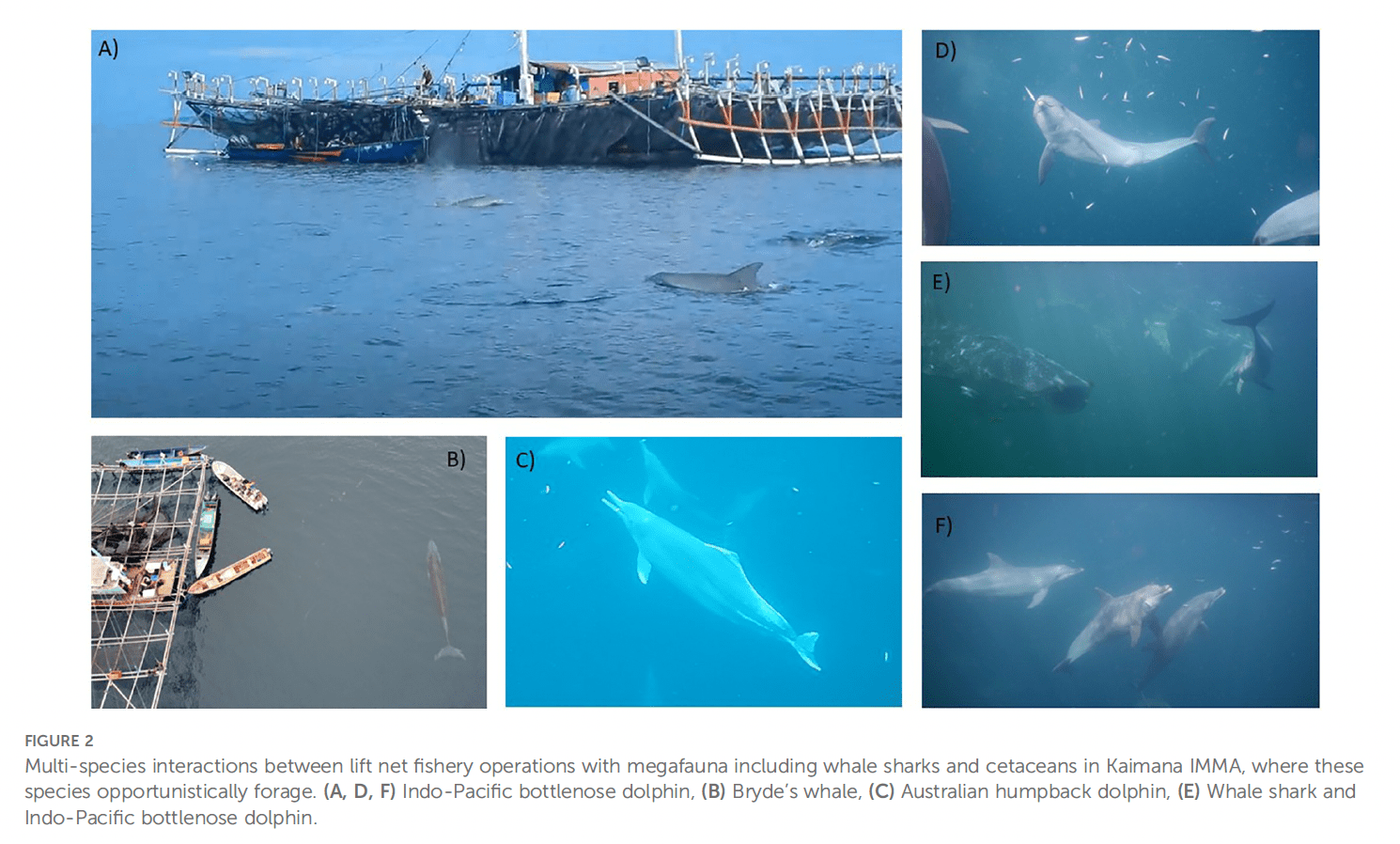
A comprehensive understanding of cetacean ecology is crucial for conservation and management. In 2018, Kaimana was identified as an IMMA( Important Marine Mammal Area) due to the presence of Australian humpback dolphins (Sousa sahulensis), Indo-Pacific bottlenose dolphins (Tursiops aduncus), and Bryde’s whales (Balaenoptera edeni).
Cetaceans (whales, dolphins, and porpoises) play a vital role in the complex structure and function of coastal ecosystems and are generally considered as a crucial indicator of ocean health.
Kaimana is situated in the southwest part of West Papua, Indonesia, and is an important part of the Bird’s Head seascape MPA Network. It is located at the heart of the Coral Triangle. Observations of cetaceans within the Kaimana IMMA were conducted from May 2021-March 2013. These surveys were conducted alongside whale shark (Rhincodon typus) monitoring, and the focus of each survey was to document occurrences of whale shark and cetaceans around the lift-net (began) fishery.
Five species were positively identified in the Kaimana IMMA during the study, including Bryde’s whale, Killer Whale (Orcinus orca), Australian humpback dolphin, Spinner dolphin (Stella longirostris), and Indo-Pacific bottlenose dolphin. Killer whales represents a new record, having never before been reported from the area.
You can read the paper here, Insights into cetacean sightings, abundance, and feeding associations: observations from the boat lift net fishery in the Kaimana important mammal area, Indonesia.





